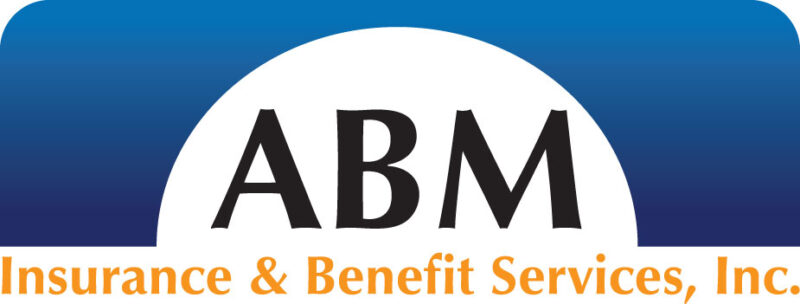IRS Issues Final Rule on the Individual Mandate
On August 27, the Internal Revenue Service (IRS) issued a final rule for the individual mandate provision of the Patient Protection and Affordable Care Act (PPACA).
As a reminder, the individual mandate requires most individuals to have minimum essential coverage in 2014 or pay a penalty. The penalty is called a shared responsibility payment. Some individuals may qualify for an exemption from the mandate so they will not be required to have coverage or pay a penalty. An individual seeking an exemption may do so in advance through an application submitted to the Exchange/Marketplace or after the fact with the IRS through the tax filing process. An applicant can apply for multiple exemptions simultaneously.
The final rule, which is largely consistent with the proposed regulations, confirms the following:
- What qualifies as minimum essential coverage
- What wasn’t addressed in regard to minimum essential coverage
- Who is exempt from paying the penalty
- How penalties will be determined and paid
1. What Qualifies as Minimum Essential Coverage
An individual is considered to have minimum essential coverage for any month in which he or she is enrolled in one of the following types of coverage for at least one day. Changes from the proposed rule are noted in italics.
· An employer-sponsored group health plan offered in a state, which is defined as the 50 states plus the District of Columbia. This includes plans offered by, or on behalf of, an employer to an employee, e.g. multiemployer plans, single employer collectively bargained plans, plans sponsored by third parties such as professional employer organizations, temporary staffing agency, etc.
· An individual health insurance policy offered in the individual market in a state or through an Exchange/Marketplace in a territory.
· A government plan such as Medicare, Medicaid, Children’s Health Insurance Program (CHIP), TRICARE (a U.S. Department of Defense Military Health System) or veterans coverage
· Insured student health coverage
· Self-insured student health coverage*
· Medicare Advantage plan
· State high risk pool coverage*
· Coverage for non-U.S. citizens provided by another country**
· Refugee medical assistance provided by the Administration for Children and Families
· Coverage for AmeriCorp volunteers**
*Designated as minimum essential coverage for plan/policy years beginning on or before December 31, 2014. For coverage beginning after December 31, 2014, sponsors of high risk pool or self-funded student health coverage may apply to be recognized as providing minimum essential coverage.
**Coverage provided by another country and coverage for AmeriCorps volunteers are no longer automatically deemed minimum essential coverage. However, individuals may apply to have their coverage recognized as minimum essential coverage.
2. What Wasn’t Addressed in Regard to Minimum Essential Coverage
The final rule does not specifically address arrangements in which an employer provides subsidies or funds a pre-tax arrangement (e.g., a stand-alone Health Reimbursement Account) for employees to purchase a plan in the individual market. The final rule also doesn’t address wellness incentives. These issues will be addressed in future guidance.
3. Who is Exempt from Paying the Penalty
The final rule confirmed the broad exemption categories, including a few changes in italics.
· Individuals who cannot afford coverage
· Taxpayers with income below the tax filing threshold. A taxpayer is not required to file a federal income tax return solely to claim the exemption, and may apply for exemption via the Exchange/Marketplace.
· Individuals who qualify for a hardship exemption
· Individuals who have a gap in minimum essential coverage of less than three consecutive months in a calendar year, with the continuous period beginning no earlier than January 1, 2014
· Members of religious groups that object to coverage on religious principles
· Members of health care sharing ministries
· Individuals in prison
· Individuals who are not U.S. citizens and not lawfully present in the United States as defined by Health and Human Services
· U.S. citizens residing in a foreign country who meet certain IRS tests
· Individuals who are not members of a federally recognized Native American tribe, but who are eligible for services from the federal Indian Health Service
4. How Penalties will be Determined and Paid
The first penalties will be due when individuals file their 2014 tax returns in 2015. A penalty is the greater of either a specified dollar amount or percentage of income. The annual penalties for 2014 through 2016 are noted below. Beginning in 2017, penalties will increase based on the cost of living.
· 2014: Greater of $95 per adult and $47.50 per child under age 18, maximum of $285 per family, or 1% of income over the tax-filing threshold
· 2015: Greater of $325 per adult and $162.50 per child under age 18, maximum of $975 per family, or 2% over the tax-filing threshold
· 2016: Greater of $695 per adult and $347.50 per child under age 18, maximum of $2,085 per family, or 2.5% over the tax-filing threshold
If the penalty applies for less than a full calendar year, the penalty will be 1/12 of the annual amount per month without coverage.
